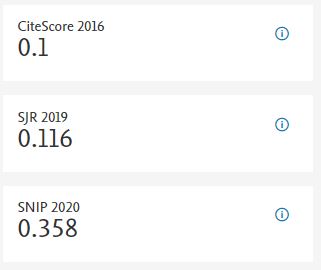Samskara: A Bakhtinian Reading
Abstract
It has long been noted, as Michael Watts and Robert F. Smith in “Economics in Literature and Drama” suggest that although economic forces, function as institutions in some ways separate from literary and cultural forces and conditions, they do play an important role in shaping public opinion and standards and create a discourse of their own.Literary authors are probably most aware of the potential of human resources, often in an explicitly economic setting. One such discourse is created by the material economic forces in Samskara: A Rite for a Dead Man (1965) by U.R. Ananthamurthy, which becomes an integral part of the larger “dialogic” structure of the novel- as defined by Bakhtin and the papersstudiesSamskara from thisBakhtinian perspective. Bakhtin’s theories focus primarily on the concept of dialogue, and on the notion that language – any form of speech or writing – is always dialogic. Dialogue consists of three elements: a speaker, a listener/respondent, and a relation between the two. Language, and what one says in language, are always thus the product of the interactions between (at least) two people. Bakhtin














